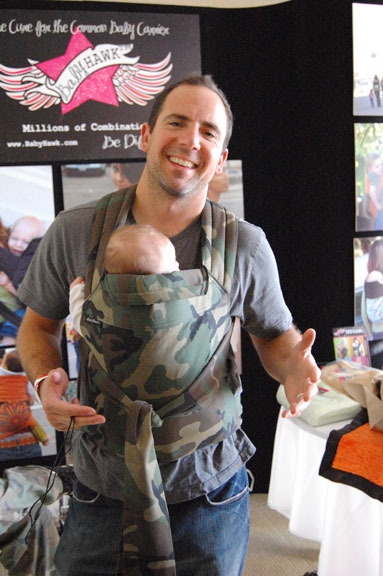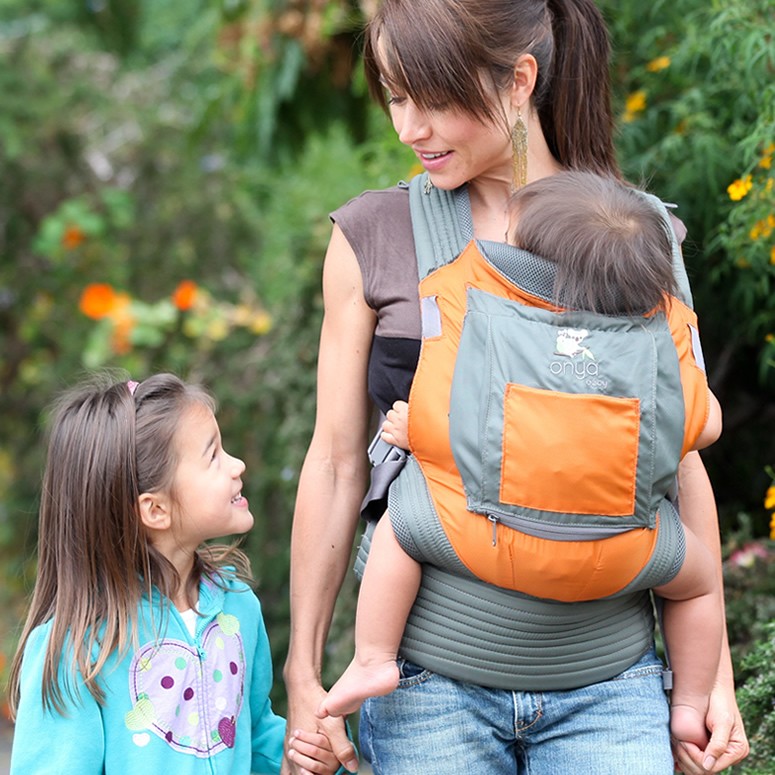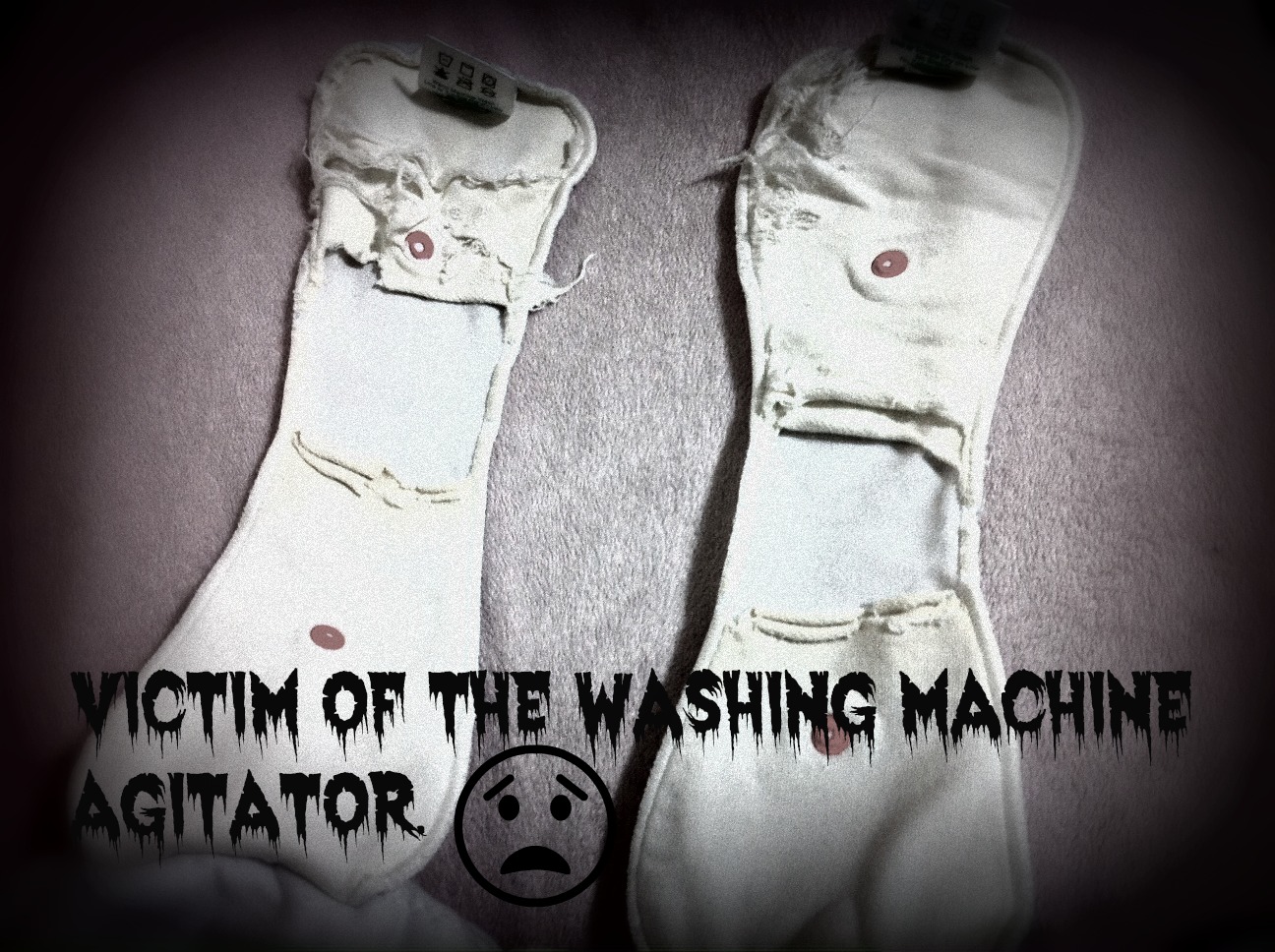Find The Right Baby Carrier For You And Your Baby
For as long as history tells us, parents from all different parts of the world have worn their babies. Babywearing not only makes life a little easier by making it possible to be handsfree while still keeping baby close, but it is also shown to be good for baby. Babies feel safe and secure when they are worn close to a parent or familiar caretaker. They also tend to be less fussy when worn, which can be a big relief for parents with babies struggling with colic or reflux!
There are many types of carriers and finding the right one for you might involve a bit of trial and error. Here are some basics about the different types of carriers. And don't miss out on the chance to win one of five carriers we are giving away this week!
Types of Baby Carriers
Wrap Style Carrier
Stretchy wraps are generally one long piece of material, about 10 feet long, actually! They can be wrapped several different ways and distribute the weight evenly across the shoulders and back. Because they are a bit stretchy, they are not recommended for carrying your child on your back. There are a few well known brands such as Moby Wrap and Boba Wraps. Moby's are made from a jersey knit material and have a subtle stretch on the bias. Boba wraps are similar, but use a different material which offers significant stretch and support. Wraps usually work for babies from about seven to eight pounds to around 35 pounds. Quite a lot of mothers I know use them mostly for the newborn stage, but they most certainly will work for bigger babies also.
Woven Wrap
A woven wrap is similar to a stretchy wrap in that it also uses both shoulders and back to distribute weight evenly. Woven material has much less stretch than knitted material which means it can support more weight. Woven wraps can be worn in front, on the hip and back. They work great for newborns all the way up to large toddlers! Some popular brands of woven wraps are Didymos and Wrapsody.
Ring Sling
A ring sling is a long piece of fabric that is fastened with two large rings. It is quite simple to use as there is no wrapping involved. It distributes the weight across one shoulder and your back. Ring slings can be used with newborns all the way up to 35 pounds. A few brands of ring slings include Comfy Joey and Sakura Bloom.
Mei Tai
A Mei Tai is a rectangular piece of fabric with straps connected on each corner. The ability to tie the straps in any way you like makes it very versatile and makes it easier to find the right fit, carry, and comfort level just for you. The Mei Tai can be worn on your front or back and can carry newborn babies up to 35 pounds. A few brands of Mei Tai include BabyHawk and Mei Tai Baby.Soft Structured Carrier
A soft structured carrier is similar to a Mei Tai in that it has the rectangular piece of fabric and straps, but instead of tying it on it uses buckles. Soft structured carriers can be used from about seven to eight pounds to 45 pounds for some. The Onya Baby soft structured carrier has been safety tested up to 75 pounds! Some soft structured carries do require an infant insert for newborns and some are built into the carrier. Most soft structured carriers are easy to strap on and adjust for a great fit. They can be worn with baby on your front or your back. Some popular soft structured carrier brands include Onya Baby, Ergo Baby, and Boba. Moby recently released a soft structured carrier, too, called the Moby Go (pictured above)!
Which carrier is right for you?
There are a lot of different factors that come with deciding which carrier is right for you. Some things to consider include:- the age of your child
- the size of your child
- your height and weight
- who else will be using the carrier
- where and how you will be using it
Size of Baby
Will you be using it for a newborn, or a toddler? Or is it something you want to be able to use from the time your baby is a newborn until they are a toddler? Stretchy Wraps and ring slings tend to work great for the newborn stage, but not everyone loves them for bigger babies and toddlers. Soft Structured Carriers and Mei Tai’s tend to be loved by parents of bigger babies and toddlers, but not always so much during the newborn stage. A lot of parents like woven wraps for both the newborn stage, and bigger babies and toddlers because they can wrap the baby whichever way is most comfortable for them.
Size of Adult
Baby carriers can be a lot like jeans; not all brands work for all body types. A lot of mothers I’ve spoken with like their soft structured carriers no matter what body type they are. Tall and short alike both said the soft structured carrier worked well for them. It also was easy for their husbands to use because of how easily adjustable it is. Even really tall men can adjust it to fit them comfortably. However, some men with extra broad shoulders might find a soft structured carrier a little snug and might do better with a wrap style carrier. The only complaint I got from some mothers is that when doing a back carry, the front chest buckle is not always the most flattering, especially for those who are bigger in the chest area. The one soft structured carrier that mothers said wasn’t bad about creating the non-flattering chest was the Onya Baby carrier!
The Mei Tai is similar because you can wrap the straps around you how you prefer and so that they fit comfortably around your body type.
Ring slings are usually sized, so make sure you choose the right one, and keep in mind that it might be hard to share babywearing duty unless both parents are roughly the same size.
Where you will be Babywearing
Think about where you will be babywearing most. Will you be using the baby carrier at home so you can get things done or tend to another child with your baby close to you? Will you be using it for trips to the grocery store or shopping at the mall? Or will you be using it for long adventures like hiking or camping?
Some carriers work great for both around the house and out and about, while others are better for long periods of babywearing like hiking or walking. I always preferred my ring sling for both around the house and out grocery shopping or at the mall because it is so easy to get baby in and out. I wore my baby in the ring sling everywhere until he was about five months old. There is no wrapping or buckling involved. So I would just put it on me and get him in and tighten. It took about 30 seconds (after some practice)!
So now you have some basics to babywearing to help you choose the right baby carrier for you and your baby. I do highly recommend you visit a local shop (not all Kanga Care retailers will have carriers!) or join a local babywearing group to try some different carriers on and see which ones you like the best. Whichever type of carrier you choose, know that you are doing a great thing for both you and your baby! Babywearing is great for parents and baby alike!
To help us get the word out about babywearing, three super cool brands: Boba, Moby & Onya Baby, want to give you a carrier!
a Rafflecopter giveaway






























.jpg)





